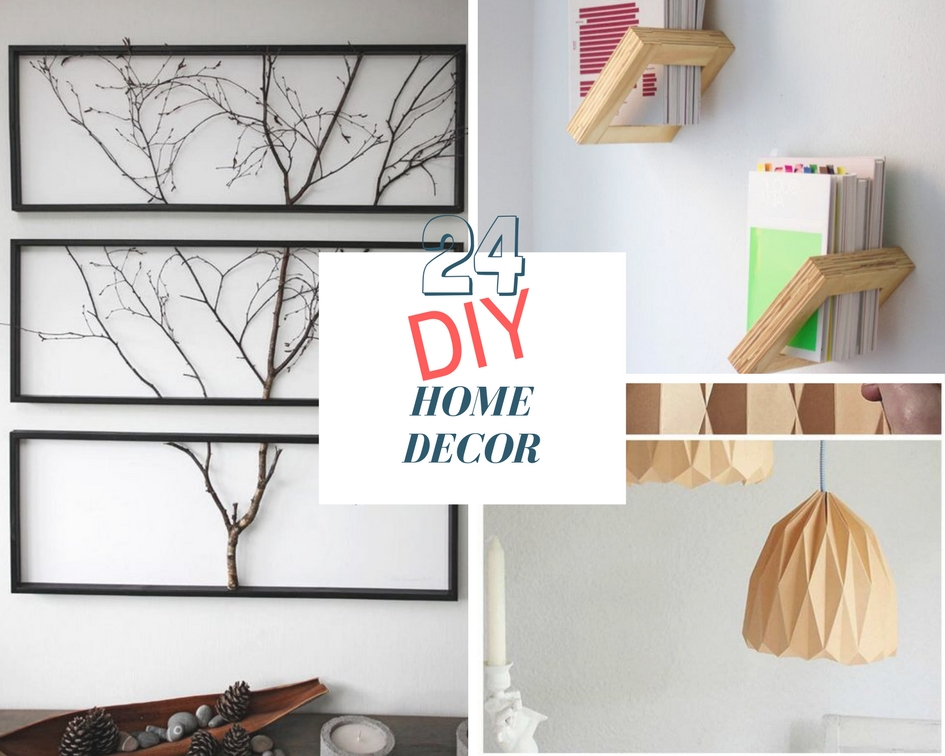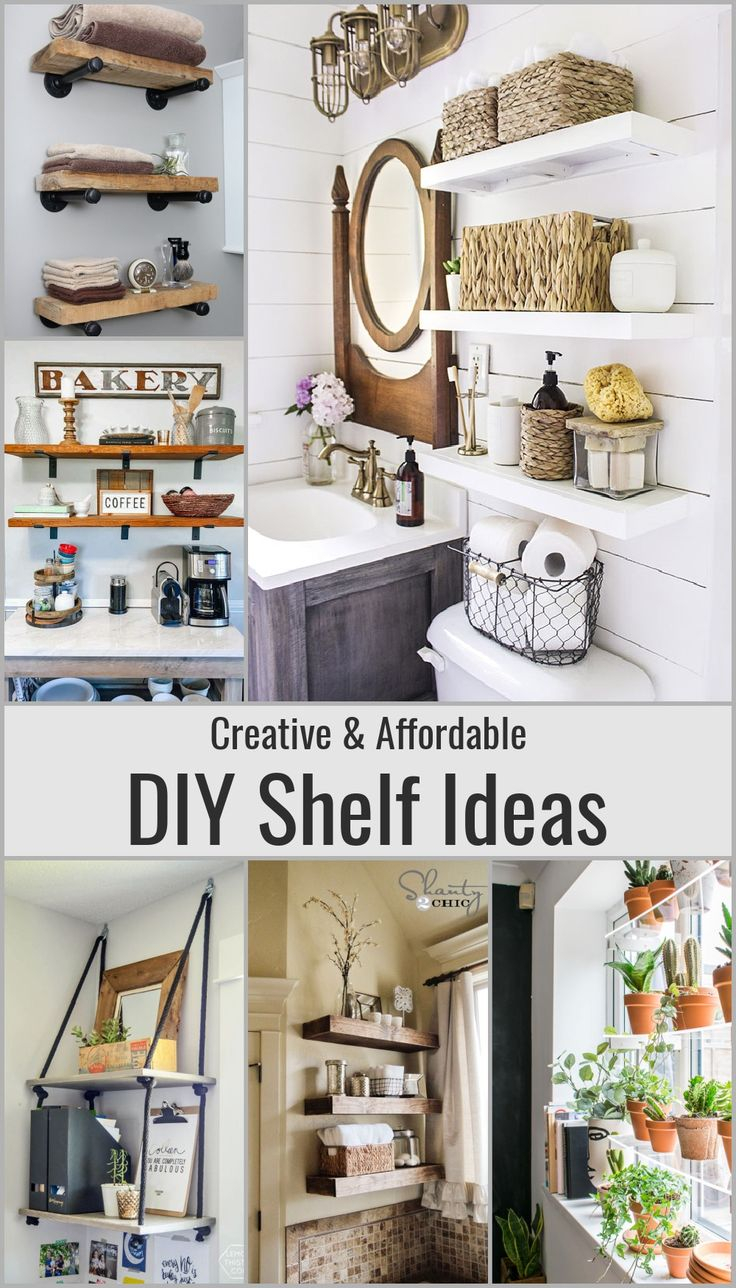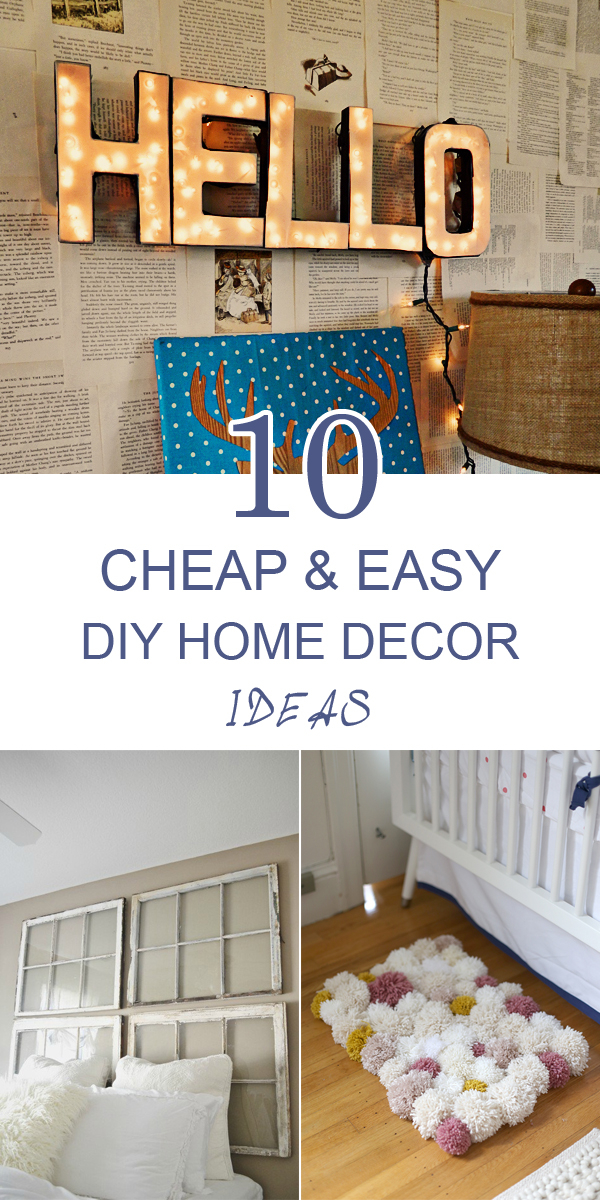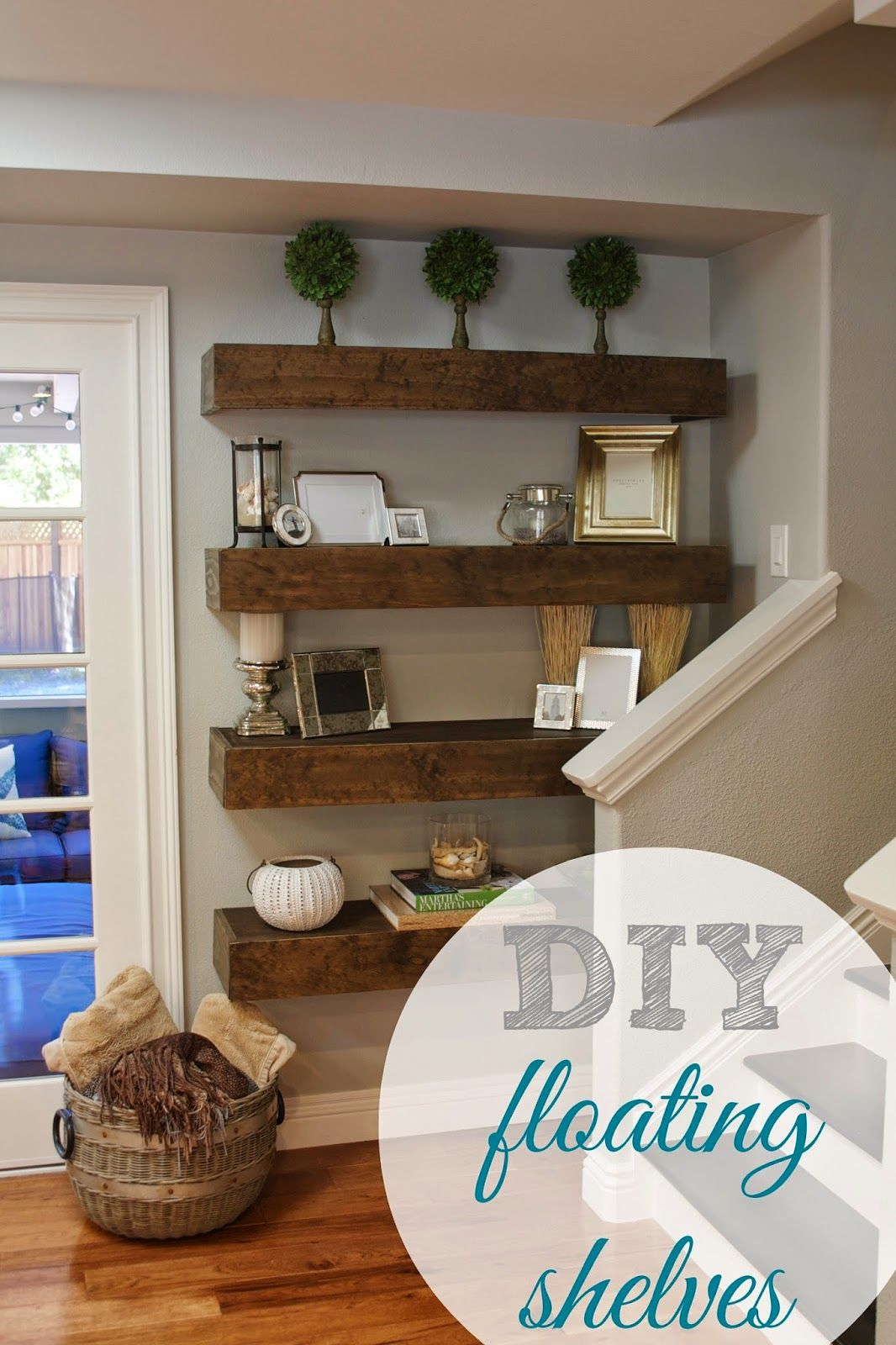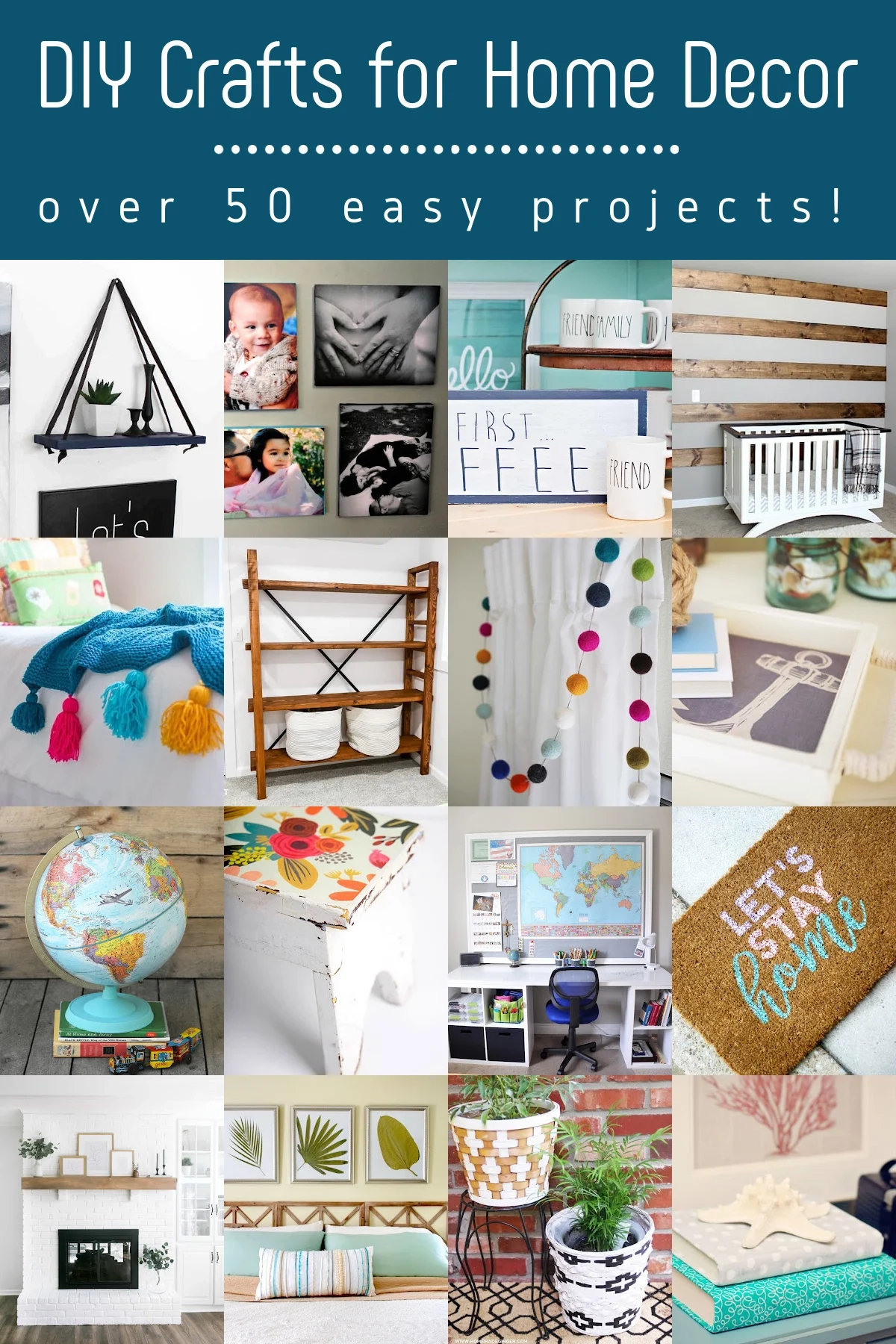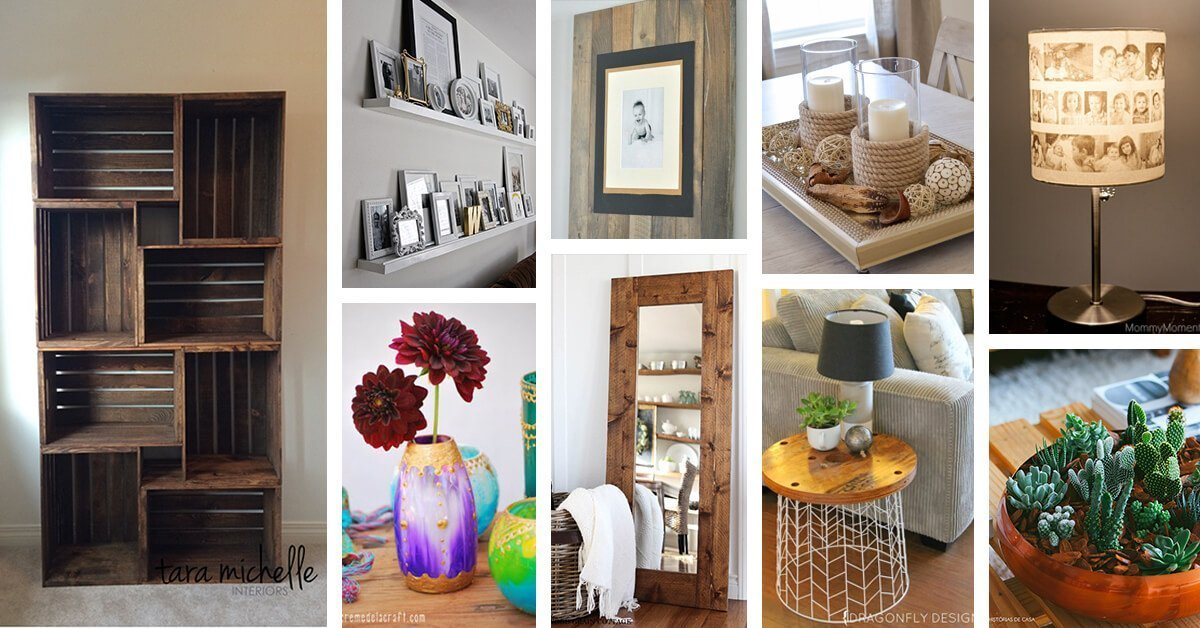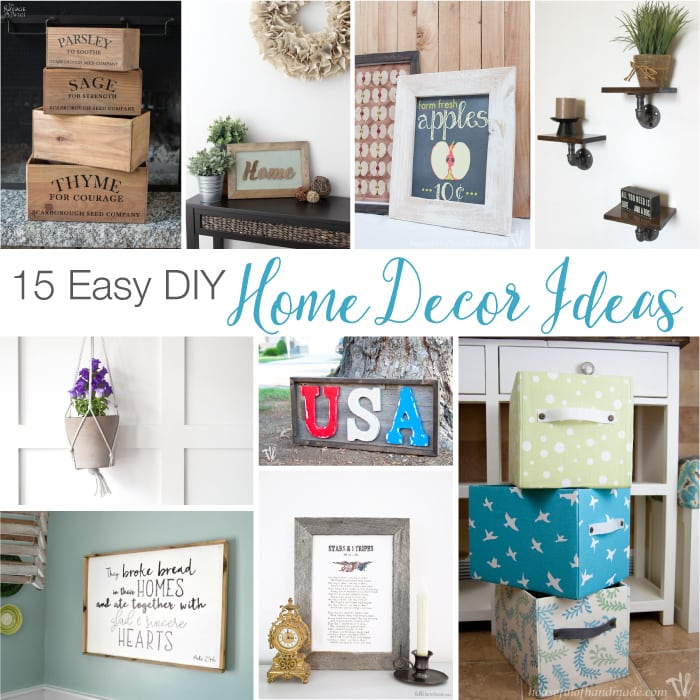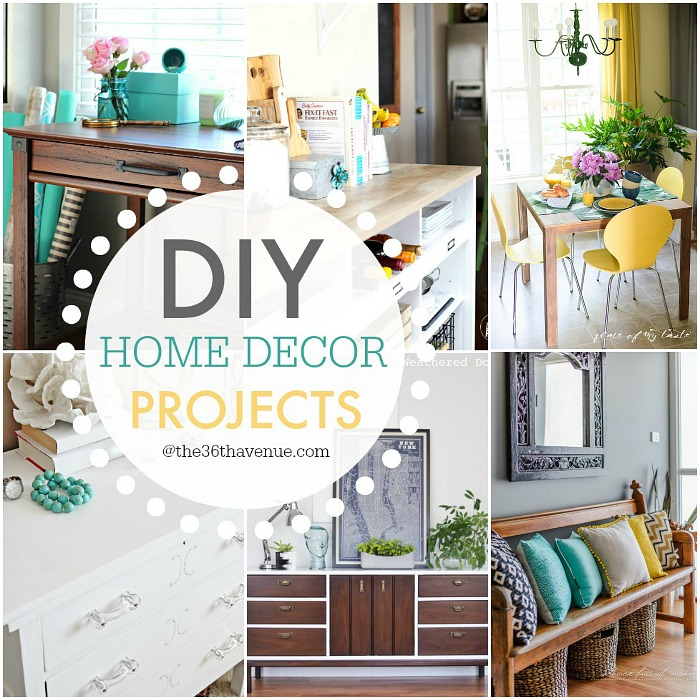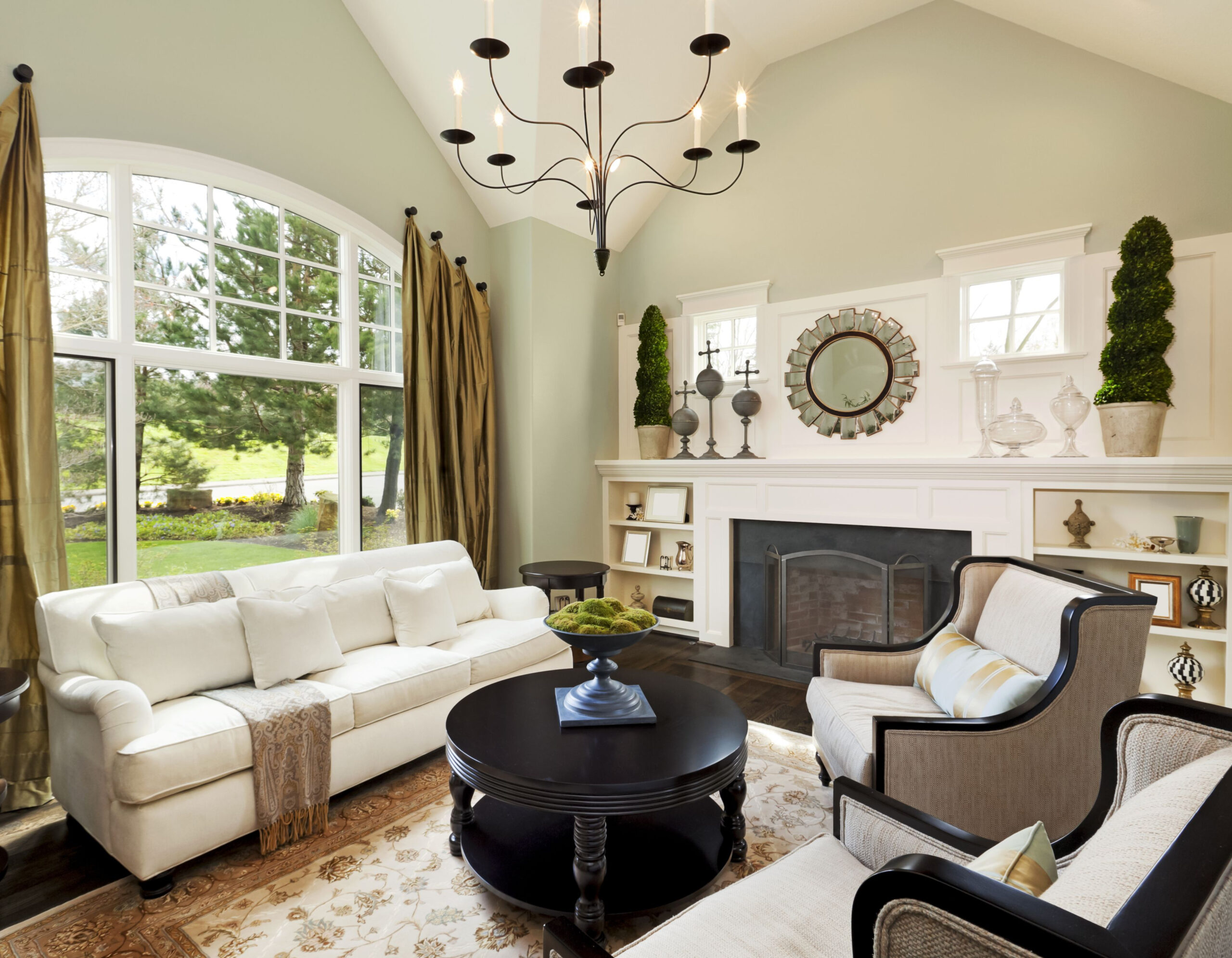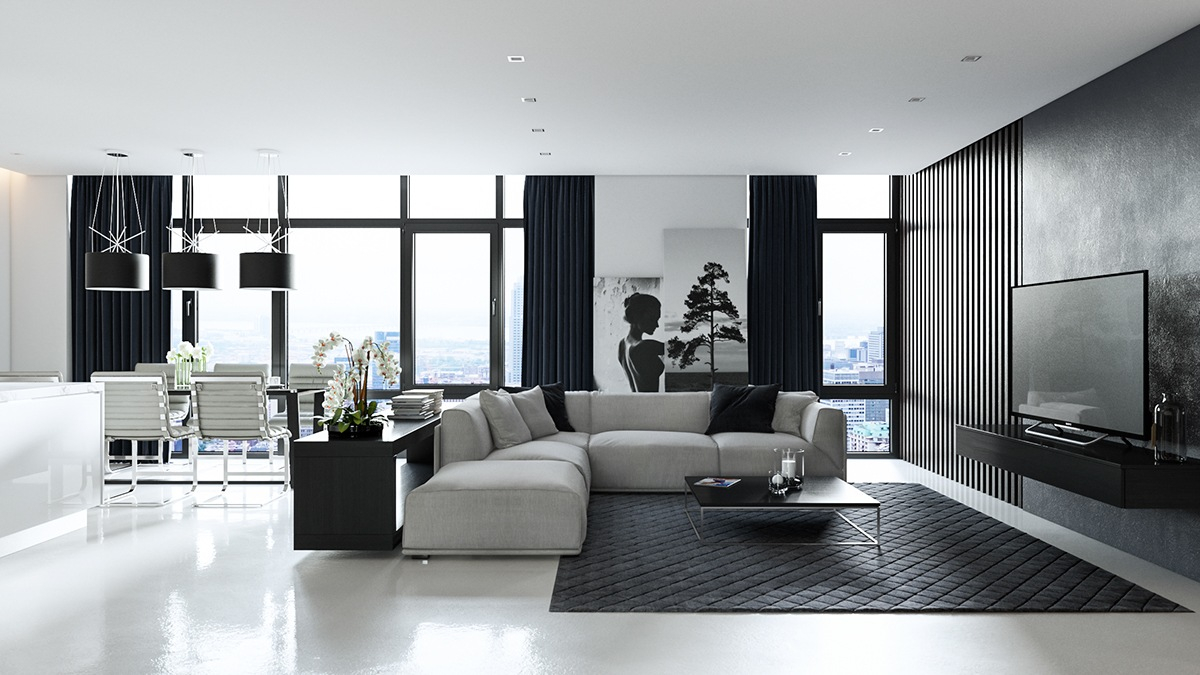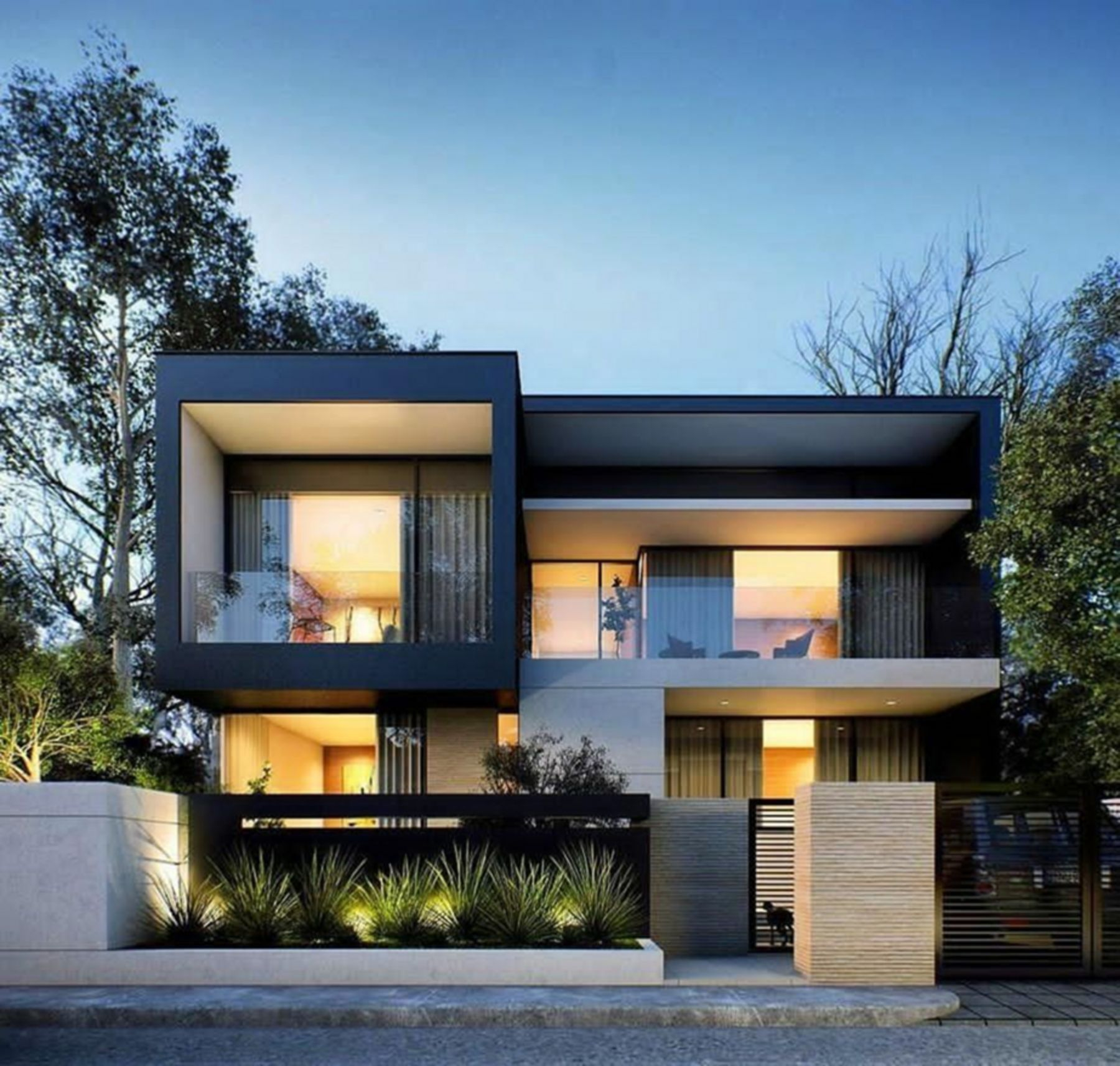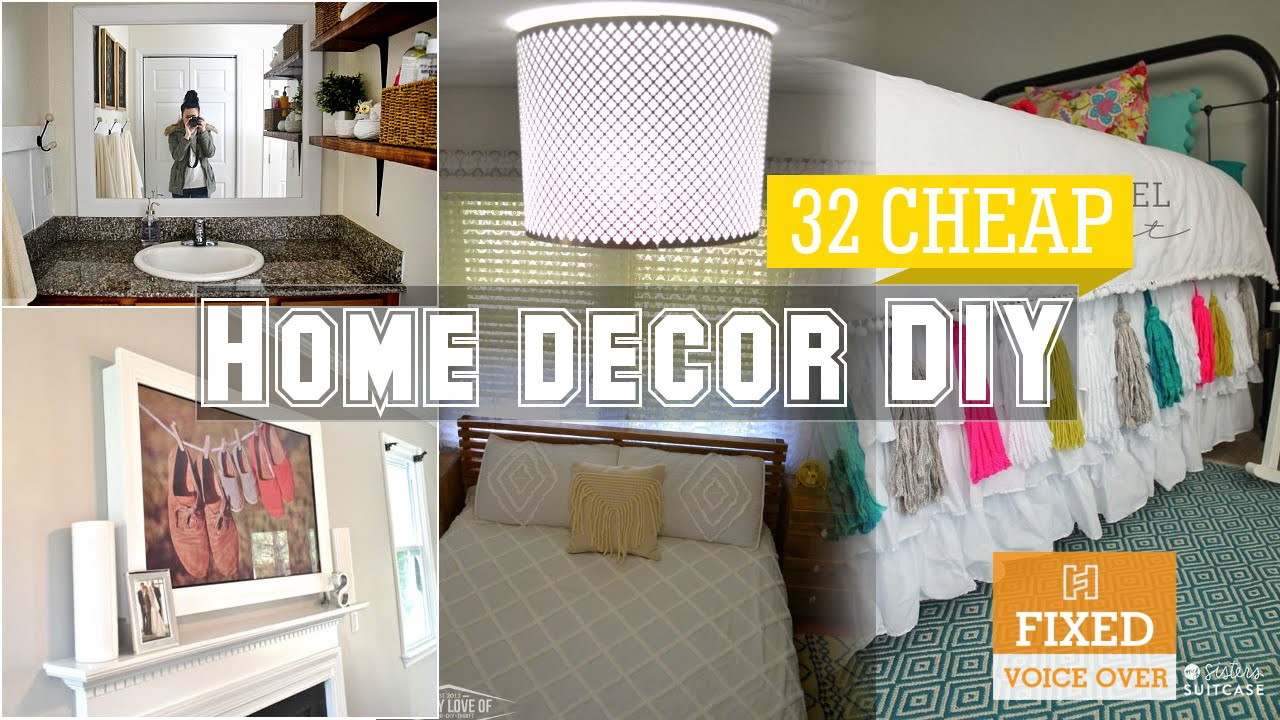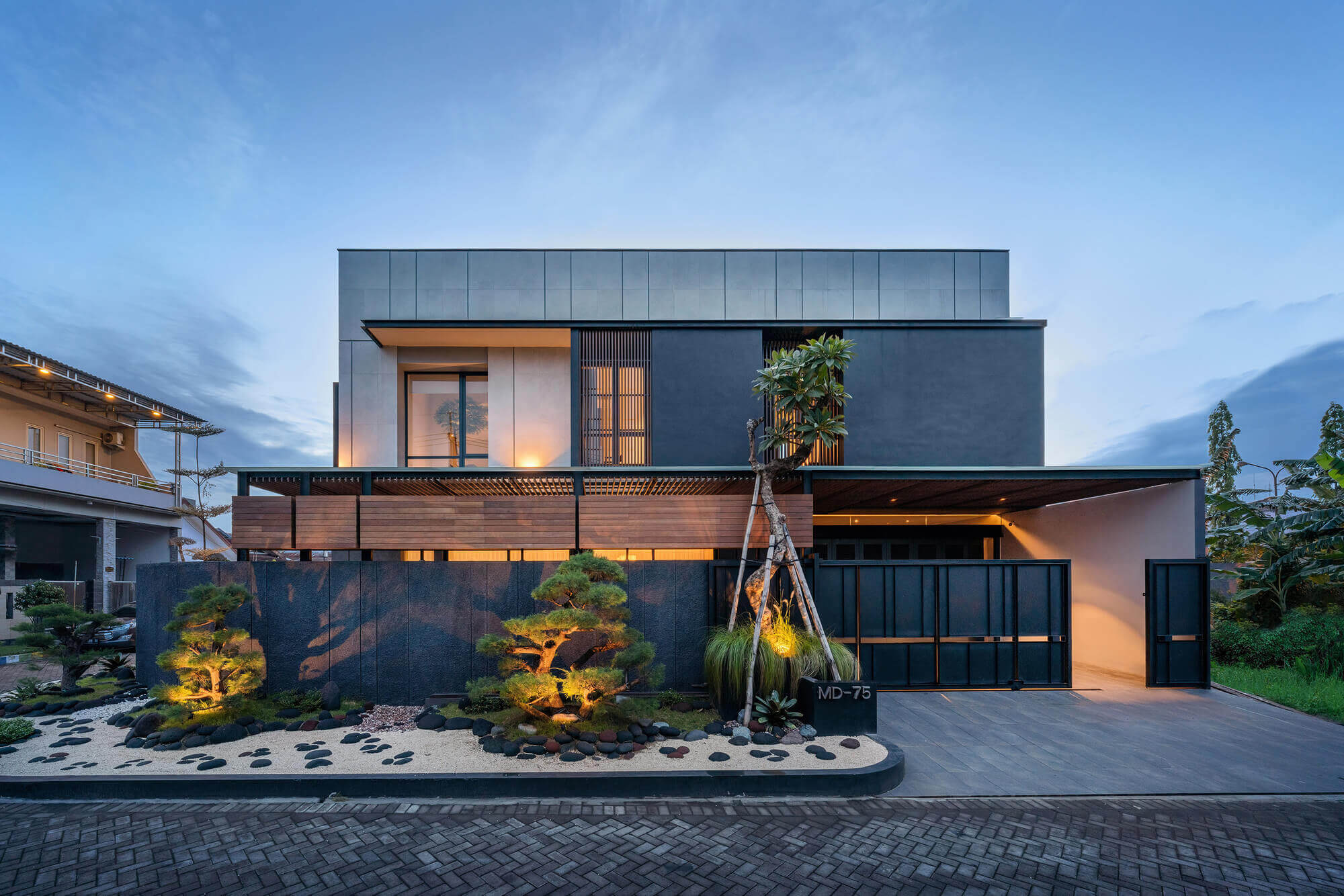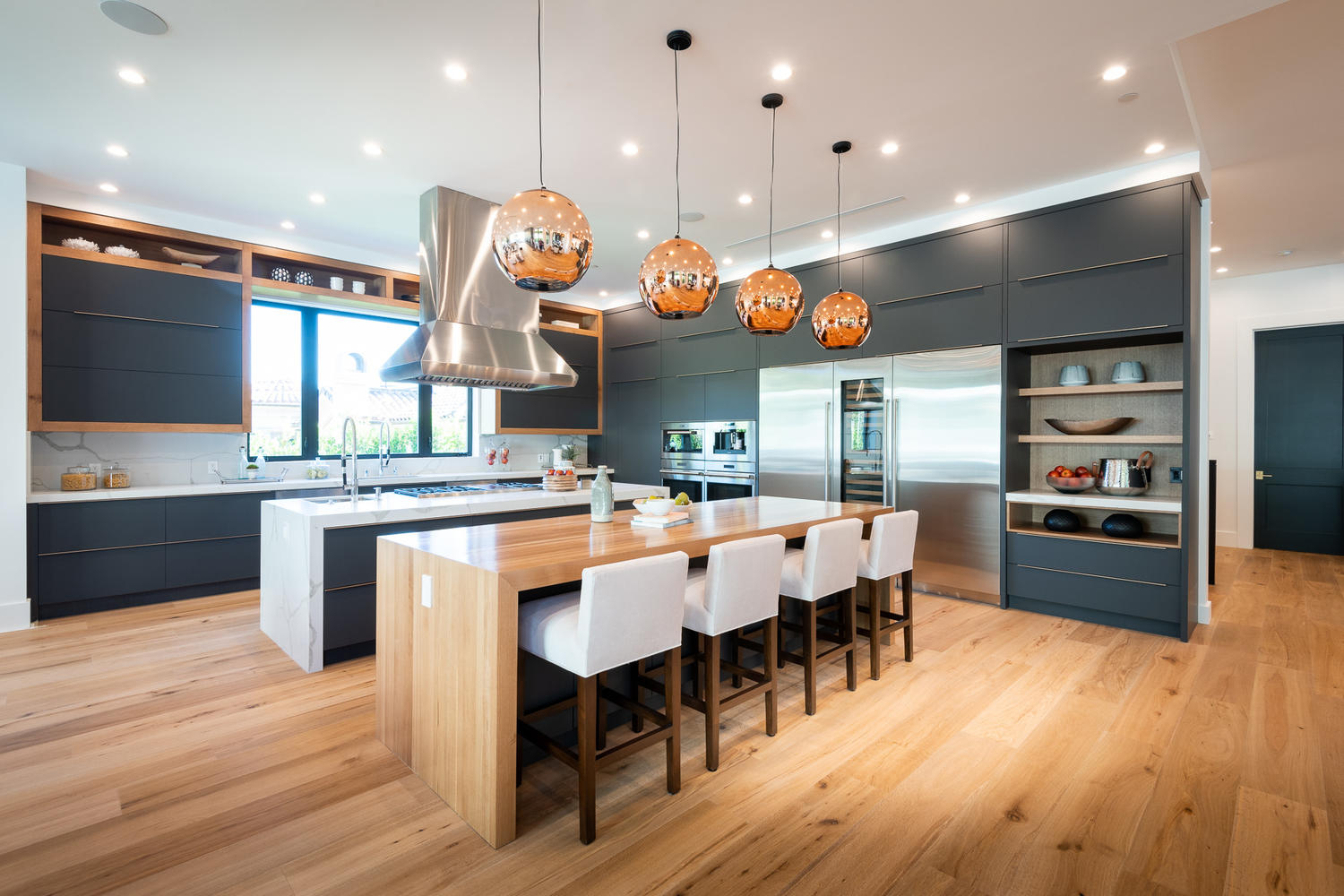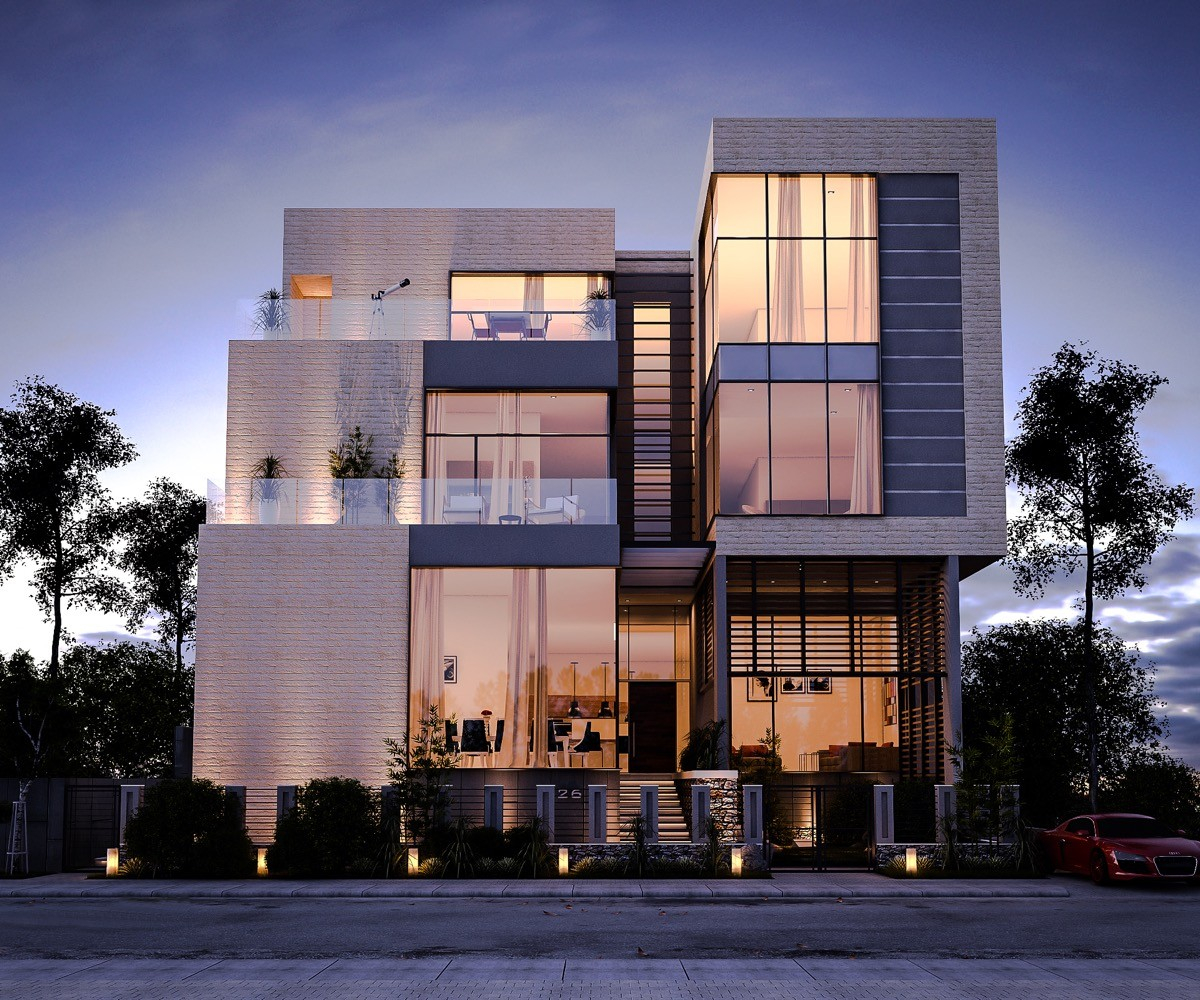Ever scroll through design magazines or Pinterest and wish you could create that same magic in your own home? It might seem like a daunting task, reserved only for those with a professional eye and a bottomless budget. But what if I told you that with a few smart secrets and a can-do attitude, you can absolutely achieve those stunning interiors yourself? Get ready to ditch the overwhelm and embrace the joy of creating a space that truly reflects you. It’s more achievable than you think, and honestly, it’s pretty fun too.
Let’s face it, hiring an interior designer can be a fantastic option, but it’s not always in the cards for everyone. The good news is, you don’t need a fancy degree to make your home look incredible. DIY interior design is all about empowering yourself with knowledge and a little bit of courage to tackle projects that will elevate your living space. It’s about making smart choices, understanding the fundamentals, and having the confidence to execute your vision. Think of it as giving your home a personal makeover, one thoughtful decision at a time. We’re going to dive into some tried-and-true methods that pros use every day, broken down so you can easily implement them.
The Power of a Plan: Before You Buy Anything
This is perhaps the most crucial step, and surprisingly, it’s often the one most skipped by eager DIYers. Before you even think about paint swatches or furniture, you need a plan. What’s the goal for this room? Is it a cozy reading nook, a vibrant entertaining space, or a calm sanctuary? Understanding the room’s purpose will guide every other decision.
Start with a mood board. This can be digital (think Pinterest or Canva) or physical with fabric scraps and paint chips. Gather inspiration – colors, textures, furniture styles, art. Don’t just collect pretty pictures; think about why you like them. Is it the color palette? The layout? The overall feeling?
Then, consider the layout. Measure your room accurately and sketch out where major furniture pieces will go. A simple floor plan can save you from buying a sofa that’s too big or an armchair that blocks a walkway. This planning phase is your secret weapon against costly mistakes and impulse buys. It’s the foundation upon which a beautiful room is built.
Color Confidence: Making Bold Choices (Without the Fear)
Color is incredibly powerful, capable of transforming a room’s mood and perception. Many people shy away from bold colors, fearing they’ll make a mistake. But here’s a pro secret: color is relatively easy to change.
Start small if you’re hesitant. An accent wall, a colorful rug, or even throw pillows can introduce a pop of color without overwhelming the space. When choosing a main wall color, consider the light in your room. Natural light can drastically alter how a color appears. Always, always test paint colors on your walls before committing. Paint large swatches (at least 1ft x 1ft) in different areas of the room and observe them at various times of day.
Don’t forget about the ceiling and trim! A crisp white trim can make wall colors pop, and sometimes, a softly colored ceiling can add a subtle layer of sophistication. And remember, neutrals don’t have to be boring. Think about warm beiges, cool grays, and creamy off-whites – they provide a sophisticated backdrop for bolder accents.
The Art of Arrangement: Furniture Placement Matters
This is where a room really starts to feel like a room. Good furniture placement creates flow, defines zones, and makes a space feel inviting. A common mistake is pushing all furniture against the walls. Try pulling pieces away from the walls, even just a few inches, to create a more intimate conversation area.
Think about the natural focal point of the room. Is it a fireplace, a large window with a view, or perhaps a TV? Arrange your seating to take advantage of this focal point.
Consider traffic flow. Ensure there are clear pathways for people to move through the room without bumping into furniture. Aim for balance. If you have a large sofa on one side of the room, balance it with other elements on the opposite side, whether it’s a pair of chairs, a console table with lamps, or artwork. Creating ‘conversation areas’ makes a room feel more intentional and welcoming.
Layering for Depth: Texture, Lighting, and Accessories
A room that feels truly finished has layers. This is where you add personality and warmth. Texture is key here. Think about mixing different materials: a soft velvet cushion on a linen sofa, a chunky knit throw draped over a leather chair, a smooth ceramic vase on a rustic wooden table. This contrast adds visual interest and makes the space feel more tactile and inviting.
Lighting is another critical layer. Most rooms benefit from multiple light sources. You need ambient lighting (overhead), task lighting (for reading or working), and accent lighting (to highlight artwork or architectural features). Dimmers are your best friend; they allow you to control the mood.
Finally, accessories bring it all together. Art, plants, books, decorative objects – these are the elements that tell your story. Don’t overdo it, though. Curate your accessories, choosing pieces you truly love. Grouping items in odd numbers (like three or five) often looks more appealing than even numbers.
DIY Decor Hacks That Punch Above Their Weight
You don’t need to spend a fortune to make a big impact. There are plenty of clever DIY tricks that pros use.
- Update Hardware: Swapping out old cabinet knobs, drawer pulls, or even light switch plates can instantly modernize a room. It’s a small change with a significant visual return.
- Frame Your Own Art: Buy affordable prints online or even use beautiful pages from books or magazines. Then, find stylish frames at thrift stores or discount retailers. You can even paint the frames to match your decor.
- Pillow Power: New throw pillows are one of the easiest and most cost-effective ways to refresh a sofa or bed. Mix and match patterns, textures, and sizes for a designer look.
- Greenery is Key: Plants bring life and color into a space. Even a few well-placed houseplants can make a huge difference. If you don’t have a green thumb, opt for low-maintenance varieties like snake plants or ZZ plants.
- Mirror Magic: Mirrors can make a room feel larger and brighter by reflecting light. Over a fireplace, above a console table, or even as a gallery wall, mirrors are incredibly versatile.
The ‘Good Enough’ Principle: Perfection is the Enemy
This is a tough one for many DIYers, but it’s essential for sanity and completion. Striving for absolute perfection can lead to paralysis. You might get stuck endlessly tweaking one corner of a room, never moving on to the next.
Remember that professional designers often have access to resources and skills that the average DIYer doesn’t. Your goal is to create a space you love, not to replicate a magazine spread flawlessly.
Learn to embrace the ‘good enough.’ Is the paint color mostly right? Great, move on. Is the furniture arrangement functional and pleasing? Perfect. The little imperfections often add character and make a space feel lived-in and authentic. Focus on the overall feeling and functionality, and you’ll find yourself completing projects and enjoying your home more.
Creating a beautiful home doesn’t require a magic wand or a massive bank account. It’s about thoughtful planning, a willingness to experiment, and implementing some smart strategies. By understanding the power of a plan, confidently using color, mastering furniture placement, layering in details, and embracing clever DIY hacks, you can transform your living space into something truly special. Don’t be afraid to trust your instincts and have fun with the process. Your home is a reflection of you, so make it a place you absolutely adore. Go forth and design!

